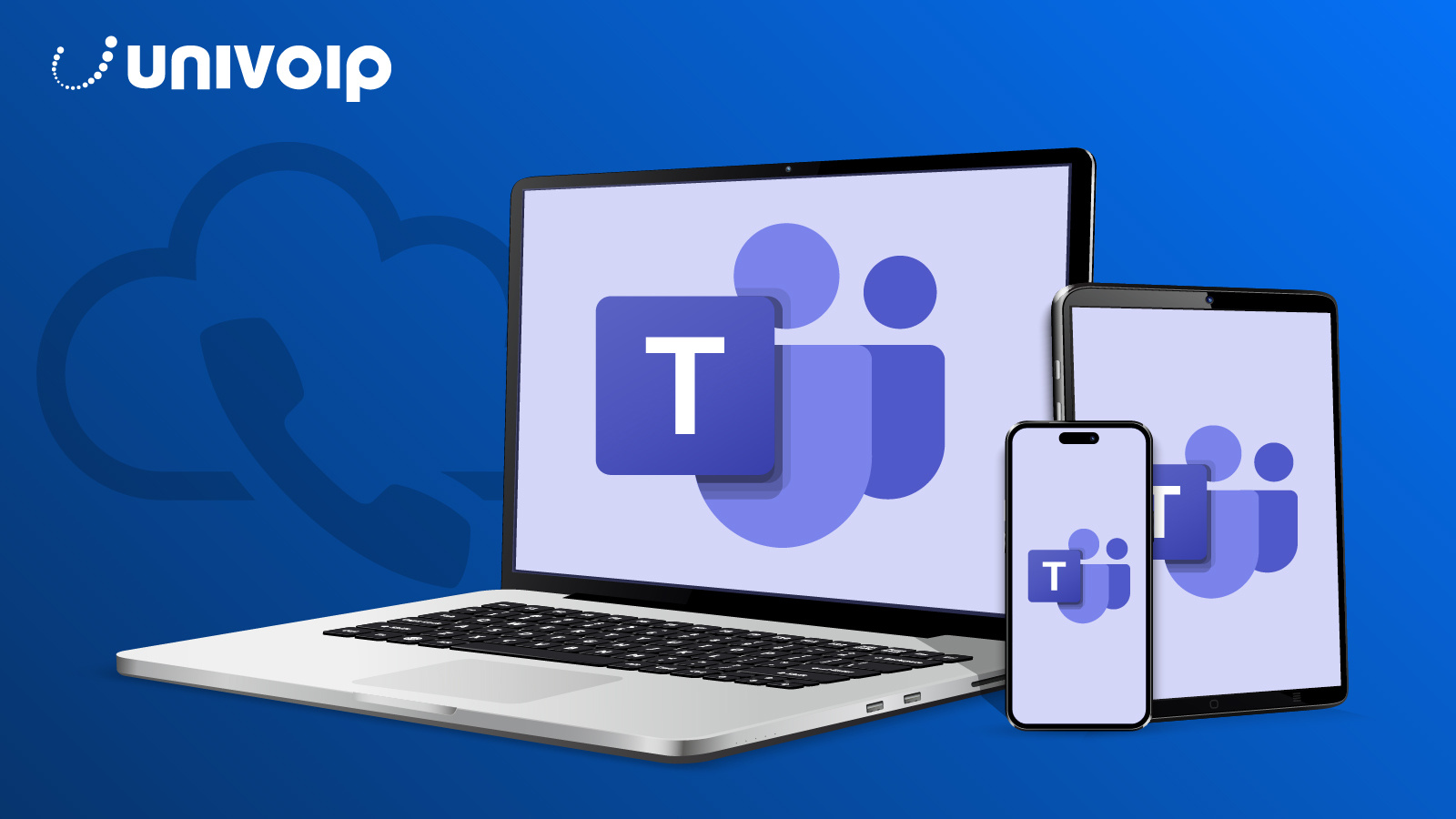Ever since Microsoft unveiled Microsoft Teams in March of 2017, Teams has been a go-to platform for virtual workgroups and collaborative work environments across the globe. After picking up major steam early in the project, Microsoft worked to include “voice” as one of the major benefits of Teams by completely replacing Skype for Business as their platform for cloud voice.
Enabling users to make, receive and transfer calls to and from landlines and mobile devices via a public switched telephony network (PSTN), Teams quickly represented a potentially powerful platform for total business communications.
Users are now able to connect to calls both internally and externally either through the Microsoft Phone System Calling Plan or using specific technology called cloud voice.

So, with these two options, businesses leveraging Teams have hit a major crossroad.
For those businesses already in contract with a telephony provider, a Teams calling plan is not an option until that contract comes to an end, or the business incurs a penalty to make the switch.
Even more of an issue is when a business is seeing significantly lower costs with their incumbent telephony provider than what they would incur when switching to a Microsoft Calling Plan. So, the transfer would mean an increase in communication expenses across the board.
Fortunately, the second option of using cloud voice technology eliminates the two issues mentioned above.
When a business leverages a cloud telephony provider that offers a Cloud Voice for Microsoft Teams solution, users get an all-in-one Teams experience combined with an enterprise grade phone system without even leaving the Teams platform itself. So, to put simply, it is the best of both worlds.
With cloud voice, businesses aren’t locked into a Microsoft Calling Plan to transform their Teams experience into a business telephony solution. Not only that, cloud voice reduces the total cost of ownership with lower calling charges. So it’s a win-win.
A few other reasons to consider a cloud voice solution over a Microsoft Teams Calling Plan:
- Reporting and Centralized Management: Most of Team’s control panels and data provided by the Microsoft Teams deployment is limited to the Microsoft environment itself. A cloud voice solution allows for a fully centralized management sitting directly between the Teams application and the business telephony solution – combining all of the major data and reporting needed to make suggestions for optimization in communication strategy.
- Reducing traffic flow in Microsoft data centers: With cloud voice, call media is routed to the Session Border Control (SBC), ultimately decreasing heavy network traffic and improving the overall call quality.
- Migration: With a cloud voice solution, there is no harsh migration to Microsoft Teams. It’s simple, smooth and phased – migrating users individually or in groups.
- Customer support: Leveraging a cloud telephony solution with Cloud Voice for MS Teams that prioritizes customer experience is a major bonus. Backed by a team of experts that offer a one-on-one approach to service and support provides for a more simplified and flawless communications experience.

